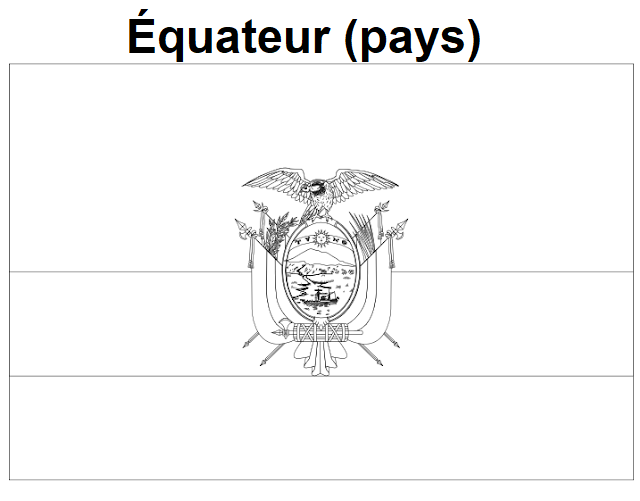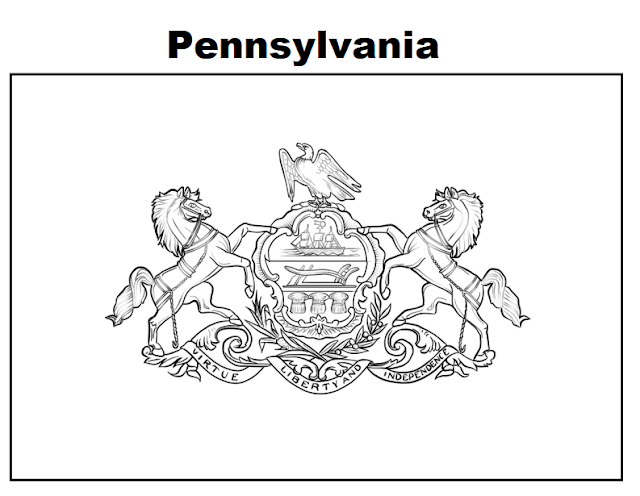Igneous rocks are one of three main types of rocks (along with sedimentary and metamorphic), and they include both intrusive and extrusive rocks.
Igneous rocks form when magma (molten rock) cools and crystallizes, either at volcanoes on the surface of the Earth or while the melted rock is still inside the crust. All magma develops underground, in the lower crust or upper mantle, because of the intense heat there.
 |
| Devil's Tower National Monument in Wyoming is an example of an igneous rock. Photograph by Koumlhn/ullstein bild courtesy of Getty Images. |
Igneous rocks can have many different compositions, depending on the magma they cool from. They can also look different based on their cooling conditions. For example, two rocks from identical magma can become either rhyolite or granite, depending on whether they cool quickly or slowly.
The two main categories of igneous rocks are extrusive and intrusive. Extrusive rocks are formed on the surface of the Earth from lava, which is magma that has emerged from underground. Intrusive rocks are formed from magma that cools and solidifies within the crust of the planet.
When lava comes out of a volcano and solidifies into extrusive igneous rock, also called volcanic, the rock cools very quickly. Crystals inside solid volcanic rocks are small because they do not have much time to form until the rock cools all the way, which stops the crystal growth. These fine-grained rocks are known as aphanitic—from a Greek word meaning “invisible.” They are given this name because the crystals that form within them are so small that they can be seen only with a microscope. If lava cools almost instantly, the rocks that form are glassy with no individual crystals, like obsidian. There are many other kinds of extrusive igneous rocks. For example, Pele’s hair is long, extremely thin strands of volcanic glass, while pahoehoe is smooth lava that forms shiny, rounded piles.
Intrusive rocks, also called plutonic rocks, cool slowly without ever reaching the surface. They have large crystals that are usually visible without a microscope. This surface is known as a phaneritic texture. Perhaps the best-known phaneritic rock is granite. One extreme type of phaneritic rock is called pegmatite, found often in the U.S. state of Maine. Pegmatite can have a huge variety of crystal shapes and sizes, including some larger than a human hand.
Source: National Geographic Society.


































